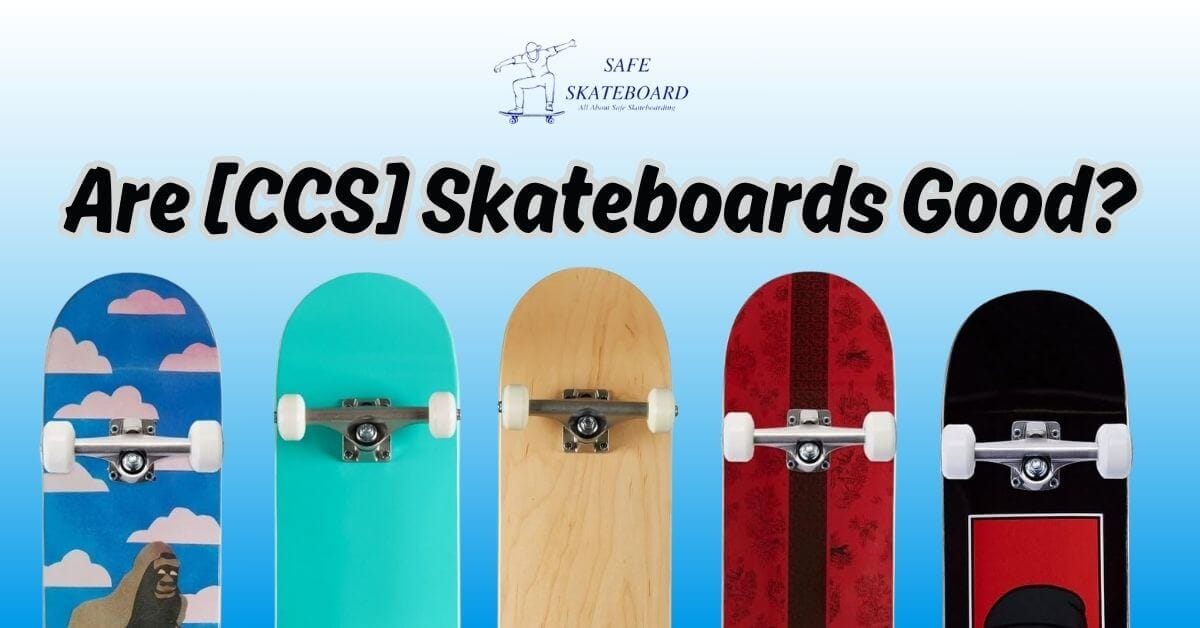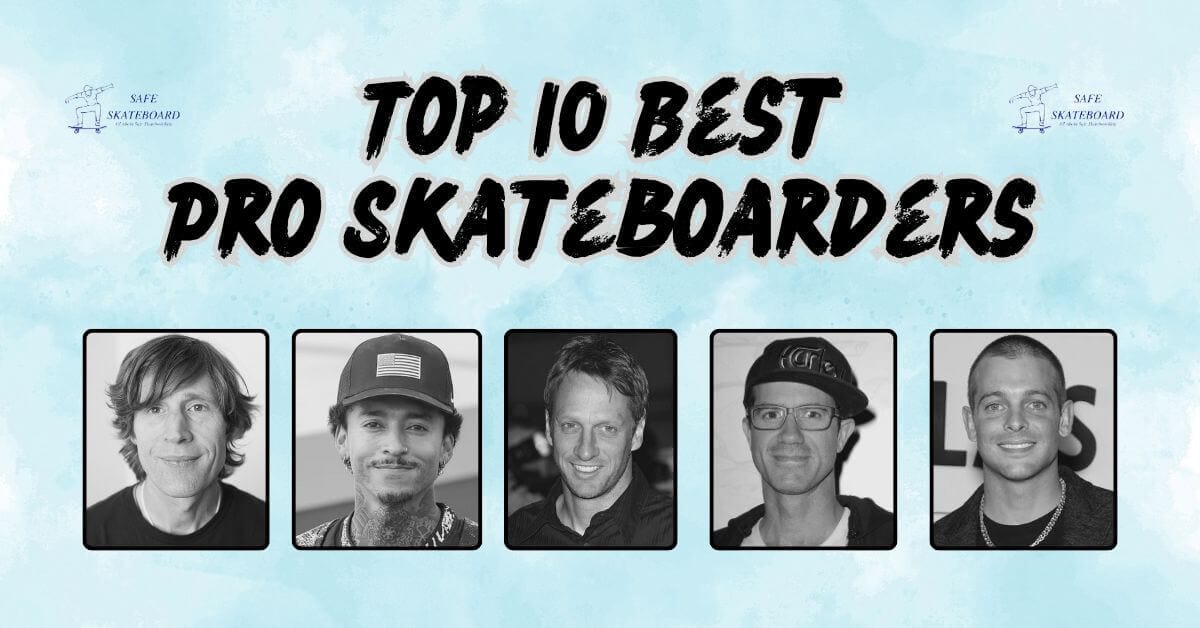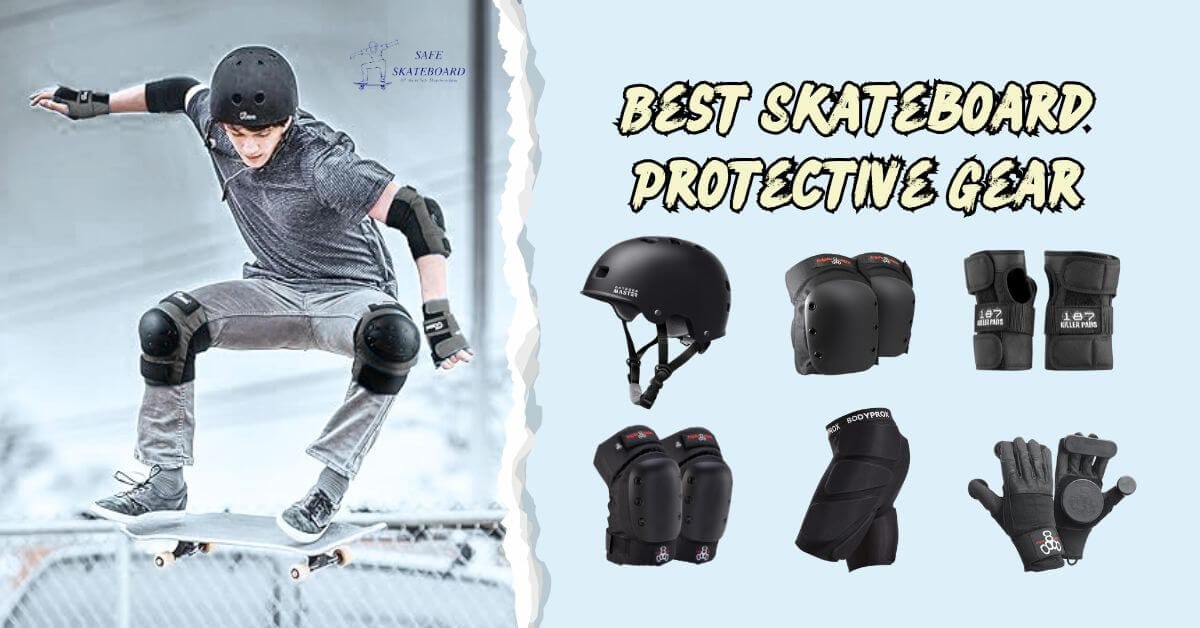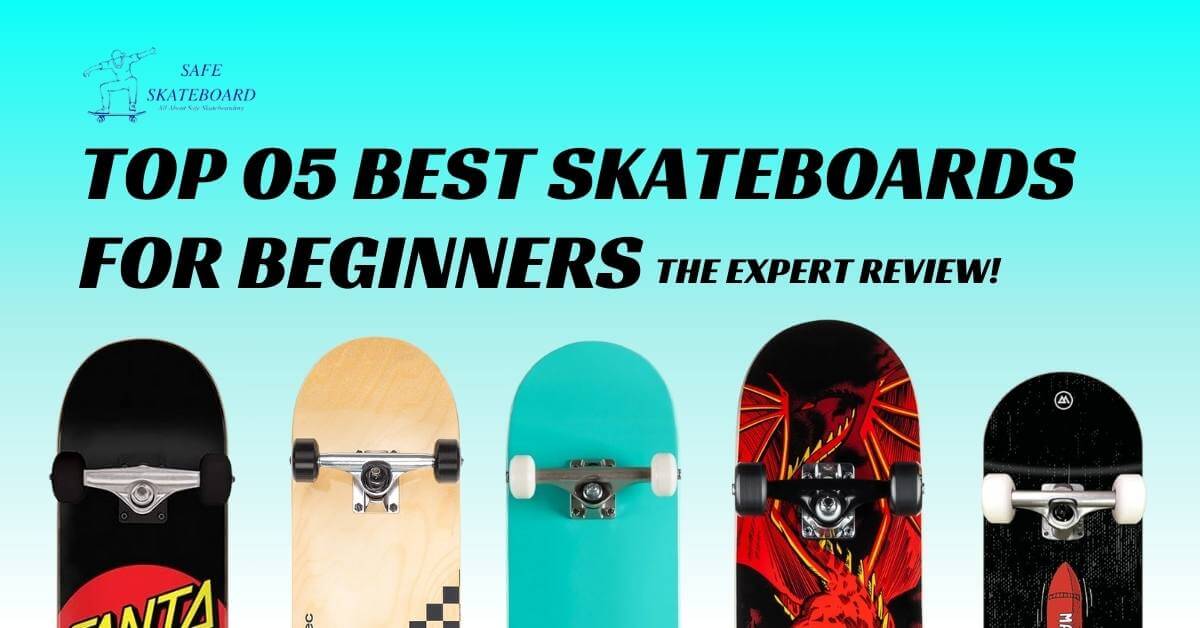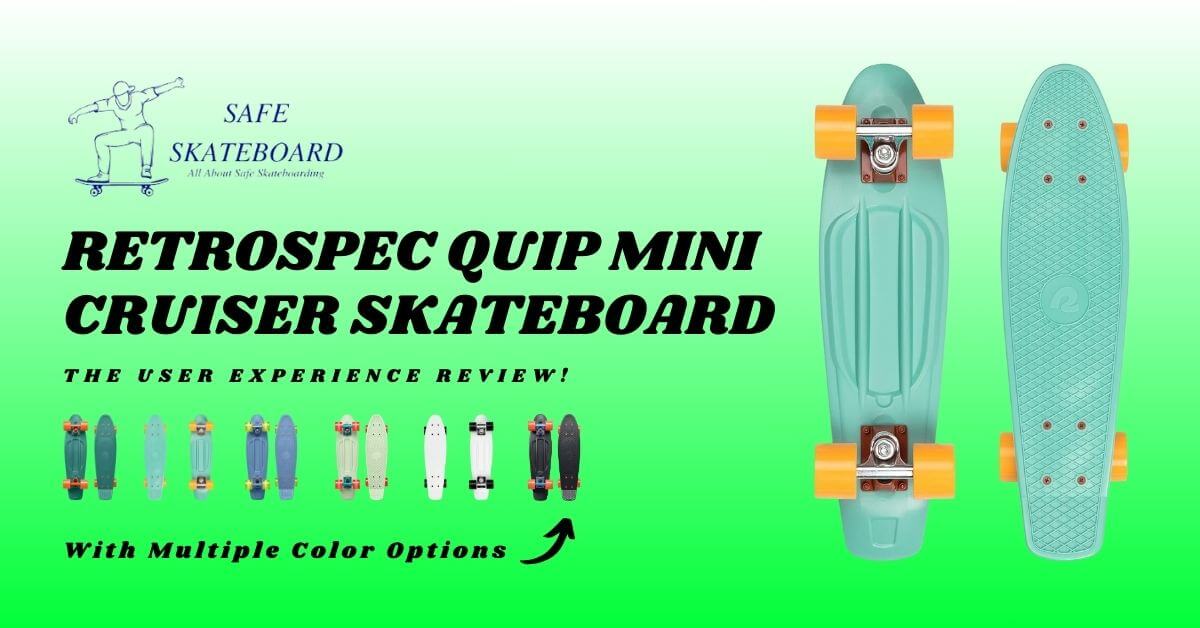Skateboarding is all about speed and control. To take your skateboarding skills to the next level, you should learn how to pump on a skateboard.
On the other side, pumping is a technique that allows you to generate speed and maintain momentum on your skateboard without the need to push or kick off the ground.
In this blog post, I’ll explore pumping mechanics and provide step-by-step instructions on mastering this technique. So, grab your skateboard, tighten those trucks, and get ready to ride like a pro!
Master The Art Of Effortless Speed
Learn how to pump on a skateboard with these expert tips and maximize speed. let’s get started!
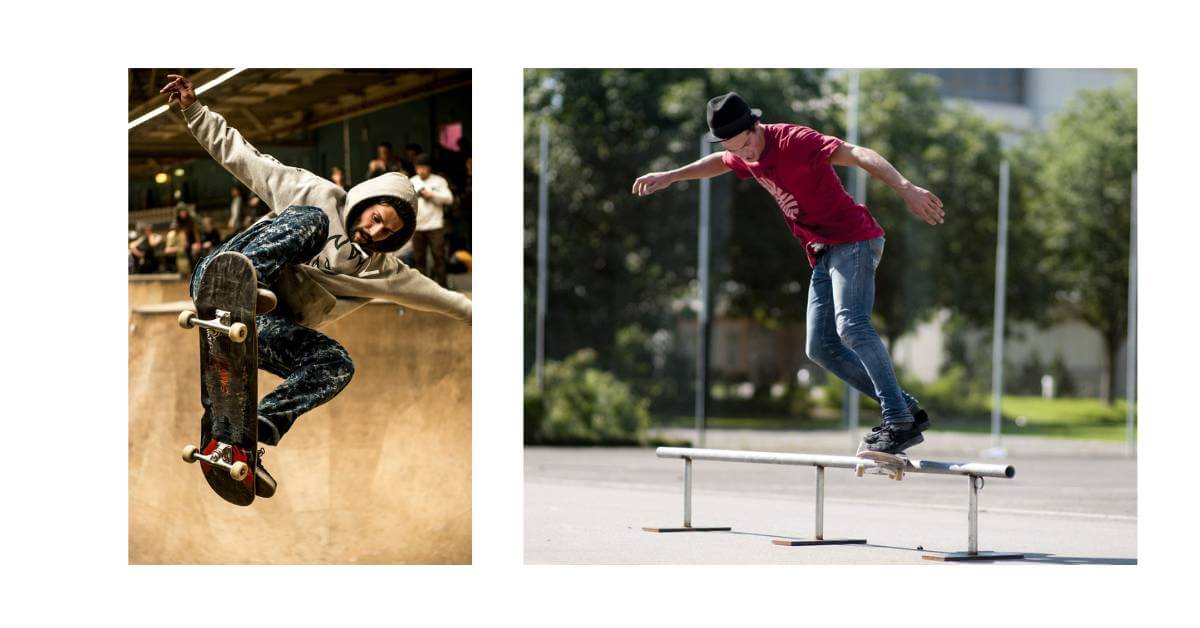
Understanding the Importance of Pumping
Mastering the art of pumping is crucial to achieving effortless speed on a skateboard by efficiently using your body weight and shifting momentum. For instance, you can generate enough energy to propel yourself forward without relying solely on pushing with your foot.
So, here’s why pumping plays a vital role in your skateboarding skills:
01. Harnessing the Power of Momentum
Pumping allows you to convert your kinetic energy into forward motion using the natural forces of gravity and momentum. By understanding how to work with these forces. So you can increase your speed and maintain momentum effortlessly.
02. Conserving Energy
When you master pumping techniques, you no longer have to waste energy repeatedly pushing off the ground. Instead, you can conserve your energy and use it strategically to gain speed and maintain flow on various terrains.
03. Improving Skateboarding Efficiency
Pumping enables you to navigate skate parks, ramps, and bowls more efficiently. It allows you to transition between obstacles smoothly, execute tricks with style, and maintain a continuous flow while minimizing unnecessary stops.
Raleted Article: Easy Skateboard Tricks to Learn in One Day!
Different pumping techniques for skateboarding
There are various pumping techniques that skateboarders employ to generate speed. Each technique has its advantages and challenges. Here are some popular techniques to pump on a skateboard:
01. Crouching and Extending
This technique involves bending your knees and crouching as you approach a transition, such as a ramp or a bowl. As you reach the bottom, extend your legs and push against the transition, transferring your weight upwards to gain speed.
02. Twisting Motion
This technique emphasizes using your upper body to generate speed. By twisting your torso and shoulders in the direction you want to go. For instance, you create a rotational force that propels you forward. This technique works well on flat ground and helps maintain momentum around corners.
03. Pumping with Your Legs
Rapidly extending and compressing your legs can generate an up-and-down pumping motion. So, this technique is particularly useful on ramps, as it allows you to generate speed through the compression of your legs and the subsequent release as you extend them.
04. Heel-to-Toe Pumps
Another effective technique is shifting your weight from your heels to your toes as you go up and down transitions. You create a pumping motion that generates speed by leaning back on your heels and then shifting your weight onto your toes.
So remember that mastering pumping techniques takes practice and experimentation. Try different techniques to pump on your skateboard that work best for you and your style.
Raleted Article: How To Powerslide On A Skateboard!
Mastering The Art Of Pumping
To truly master the art of pumping, it’s crucial to focus on a few key aspects:
01. Timing and Rhythm
Timing is everything when it comes to pumping. Learning to sync your body movements with the transitions allows you to maximize your speed. In other words, finding a rhythm that works for you will help you maintain a consistent flow and build momentum.
02. Weight Distribution
Understanding how to distribute your weight is essential in pumping. Shift your weight strategically to generate acceleration and maintain control. Remember, heavier pressure on your front foot generates speed while distributing your weight towards the back foot, which allows for better control and stability.
03. Observation and Adaptation
Listen to other experienced skateboarders and observe their pumping techniques. Watching them lets you learn from their movements, body positioning, and timing. Adapt their strategies to fit your style and rhythm.
04. Practice, Practice, Practice
Mastering pumping requires consistent practice. Start by experimenting with the different techniques mentioned above. As you practice regularly, you’ll develop muscle memory and better understand how to generate speed efficiently.
By understanding the importance of pumping, exploring different techniques, and dedicating time to practice, you can master how to pump on a skateboard. With consistent effort, you’ll soon be effortlessly gliding and riding with speed and style.
Improve Speed And Efficiency On A Skateboard by Pumping
Maximize your speed and efficiency on a skateboard by perfecting your pumping technique. So, learn how to generate forward momentum by shifting your weight and using your legs to propel yourself forward :
Pumping on a skateboard is essential for any skateboarder looking to improve their speed and efficiency. So, in this section of the blog post, I will explore the science behind pumping, how to utilize momentum for speed, and techniques to reduce the need for pushing.
01. The Science Behind Pumping
- Pumping on a skateboard involves generating and harnessing kinetic energy to prop yourself forward.
- Understanding the physics behind pumping can help you optimize your technique and get the most out of each pump.
- The key principle behind pumping is weight shifting and transferring energy from one part of your body to another, effectively transferring that energy to the skateboard.
02. Utilizing Momentum For Speed
- Momentum is the key to achieving and maintaining high speeds while pumping on a skateboard.
- You must create a smooth and continuous pumping motion to utilize momentum effectively.
- Start by bending your knees and crouching as you approach a transition or an incline.
- As you reach the bottom of the transition or incline, extend your legs and push your body upward, transferring your weight from the front foot to the back foot.
- This weight transfer will cause the skateboard to generate forward motion, utilizing the energy you created by crouching down.
- Rhythmically repeat this motion, smoothly transitioning from the downhill to uphill sections, effectively converting potential energy into kinetic energy.
- The timing and coordination of your body movements are crucial for maintaining speed and efficiency.
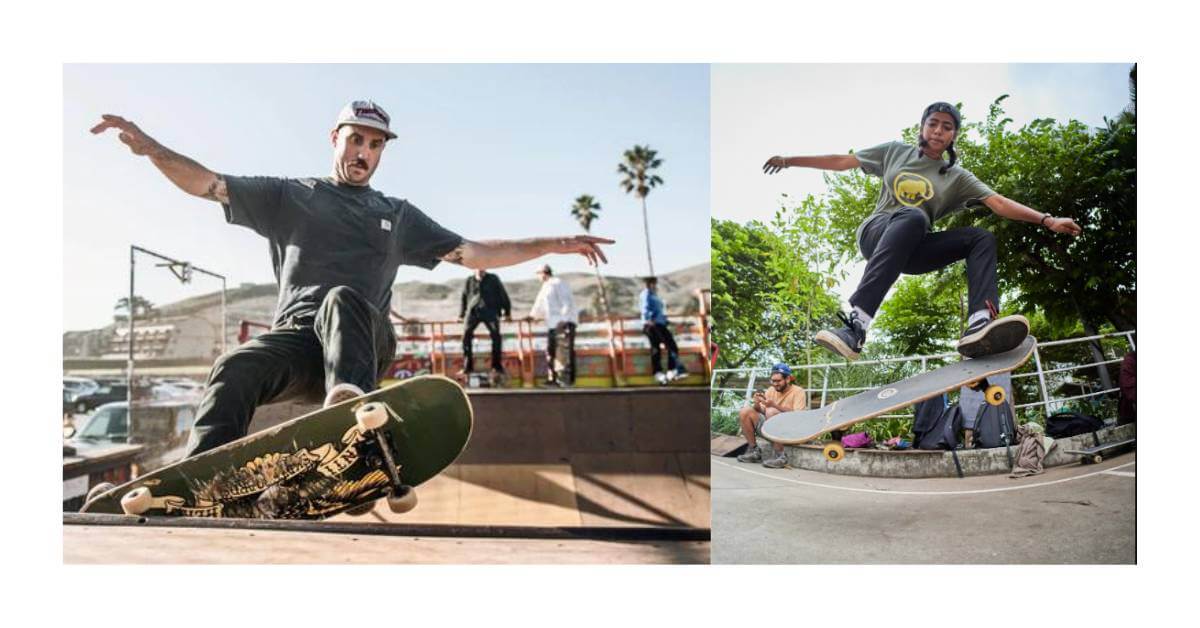
03. Pushing while pumping on a skateboard
Here are some techniques to reduce the need for Push while pumping on a skateboard:
- Stay low and compact: By maintaining a low stance, you minimize air resistance and maximize the efficiency of each pump.
- Use your whole body: Engage your arms and upper body in the pumping motion, coordinating with your leg movements to generate more power.
- Focus on smooth transitions: Smoothly transition from pumping uphill to pumping downhill, avoiding sudden jerks or changes in body positioning.
- Practice on different terrains: Experiment and practice pumping on various terrains, such as ramps, bowls, or banks, to improve your versatility and adaptability.
Reducing The Need For Pushing
- One of the significant advantages of pumping is that it reduces the need for excessive pushing.
- By mastering the pumping technique, you can minimize the effort required for each push, allowing you to conserve energy and maintain higher speeds for longer durations.
By understanding the science behind pumping, utilizing momentum, and reducing the need for excessive pushing, you can enhance your speed and efficiency on a skateboard. Practice these techniques consistently, and remember to stay safe while enjoying the exhilarating experience of pumping on a skateboard.
Pumping In Transition And Bowls To Generate Speed
Transition skateboarding involves riding on ramps, bowls, or transitions, where skaters can exploit the contours to generate speed. So, understanding how to pump effectively in these environments is crucial. Here’s what you need to know:
- Approach the transition with enough speed to carry you through and up the opposite wall.
- As you reach the bottom of the transition, bend your knees and compress your body.
- Extend your legs forcefully, unloading the stored energy to propel yourself upward and forward.
- Focus on timing and rhythm, coordinating your motion with the shape of the transition.
Raleted Article: How To Ollie On A Skateboard!
Tips And Tricks To Achieve Effortless Speed
Learn the secrets to effortlessly gaining speed on a skateboard with these valuable tips and tricks. Discover techniques to help you pump and maintain momentum for a smooth and exhilarating ride.
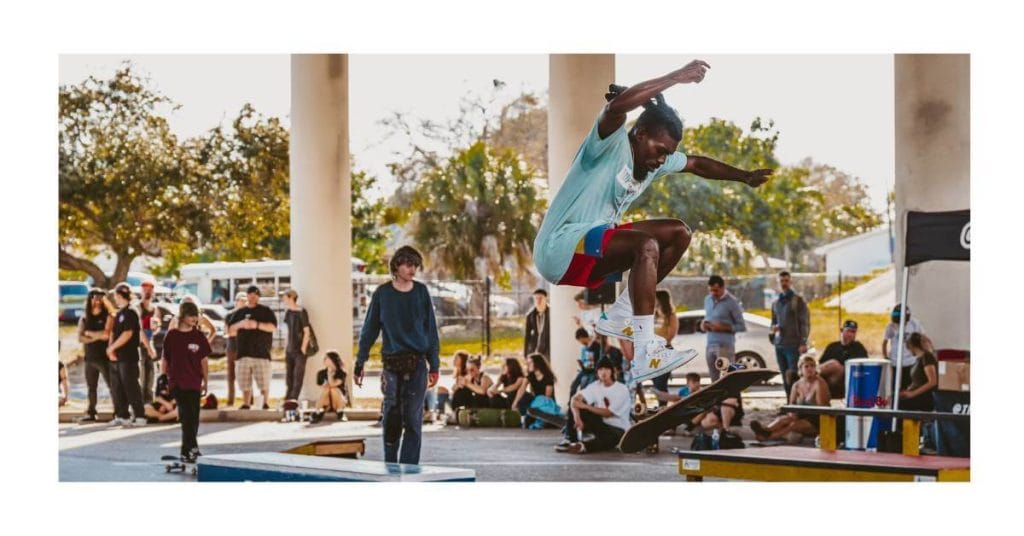
Skateboarding is all about the thrill of speed and the freedom it brings. To truly pump on a skateboard and achieve effortless speed. So. it’s essential to master proper body positioning and balance, increase power with strong leg movements, and develop rhythm and timing.
So, these tips and tricks will help you unlock the potential of your skateboard and take your riding to the next level.
Proper Body Positioning And Balance
- Keep your knees slightly bent and your weight centered over the skateboard.
- Maintain a low and stable stance with your feet shoulder-width apart.
- Distribute your weight evenly on both feet to ensure balance and control.
- Keep your upper body relaxed and engage your core for stability.
- Look ahead and face the direction you want to go, allowing your body to follow.
Increasing Power With Strong Leg Movements
- Use your back foot to push down forcefully on the skateboard’s tail.
- As the tail hits the ground, shift your weight to your front foot and extend your leg.
- Push off the ground with your front foot in a fluid motion, using the energy to propel yourself forward.
- Bend your knees and coil up your leg before each push to generate more power.
- Focus on driving your legs downward and backward to achieve maximum speed.
Developing Rhythm And Timing
- Timing is crucial in pumping on a skateboard. Coordinate your leg movements with the motion of the skateboard.
- Find a rhythm that feels comfortable and allows you to generate momentum. Start with smaller pumps and gradually increase your range of motion.
- As you gain confidence, synchronize your upper body movements with your leg motions to optimize efficiency.
- Practice pumping on different terrains and master the timing required for each surface.
- Remember, practice makes perfect. The more you pump, the more natural it will become, leading to increased speed and a smoother ride.
By implementing these tips and tricks, you’ll be well on your way to achieving effortless speed on your skateboard.
Safety Tips for Pumping on a Skateboard
Pumping on a skateboard is a fun way to build speed and flow, but staying safe is key. Follow these simple tips to protect yourself while learning:
- 1. Wear Your Gear: Always wear a helmet to keep your head safe. Knee pads, elbow pads, and wrist guards help protect you if you fall.
- 2. Pick a Safe Spot: Practice in a smooth, open area. Skateparks, empty parking lots, or quiet sidewalks are great choices. Stay away from traffic.
- 3. Check Your Board: Before you ride, make sure your board is in good shape. Tighten loose trucks, check the wheels, and ensure everything spins smoothly.
- 4. Start Slow: Don’t rush! Begin with gentle pumps to get the feel. Once you’re confident, you can go faster.
- 5. Stay Balanced: Bend your knees and keep your weight centered over the board. This helps you stay in control and lowers the chance of falling.
- 6. Watch Your Surroundings: Always be aware of what’s around you. Look ahead for skaters, pedestrians, or obstacles. Plan your moves early.
- 7. Learn to Stop: Know how to stop safely. Practice foot braking or carving to slow down. Being able to stop quickly is super important.
By following these tips, you’ll pump with confidence while staying safe. Now, grab your board and enjoy the ride!
Frequently Asked Questions (FAQs) About How To Pump On A Skateboard
What Does Pumping Mean In Skateboarding?
Pumping in skateboarding means creating speed by using up and down movements on your board.
Can an old man pump on a skateboard?
Yes, an old man can pump on a skateboard. With proper practice, you can also do that. However, you must be in good health for Pumping.
How Do You Carve And Pump On A Skateboard?
To carve on a skateboard, shift your weight side to side in smooth arcs. To pump, use your body to generate momentum by shifting your weight.
How Does Pumping Increase A Skater’s Acceleration?
Pumping increases a skater’s acceleration by generating momentum through repeated knee pushing and bending.
How Do Skateboarders Gain Speed?
Skateboarders gain speed by pushing off the ground with one foot and using their body weight to roll forward.
Executive Summary
Mastering pumping on a skateboard takes practice and dedication by utilizing the correct stance, shifting weight, and maintaining a consistent rhythm. For instance, you can generate speed and maintain momentum without pushing off the ground. Remember to keep your arms relaxed and use them to assist with balancing and stability.
Lastly, with patience and perseverance, you’ll soon find yourself effortlessly gliding and pumping on your skateboard, impressing yourself and others with your newfound skills.











